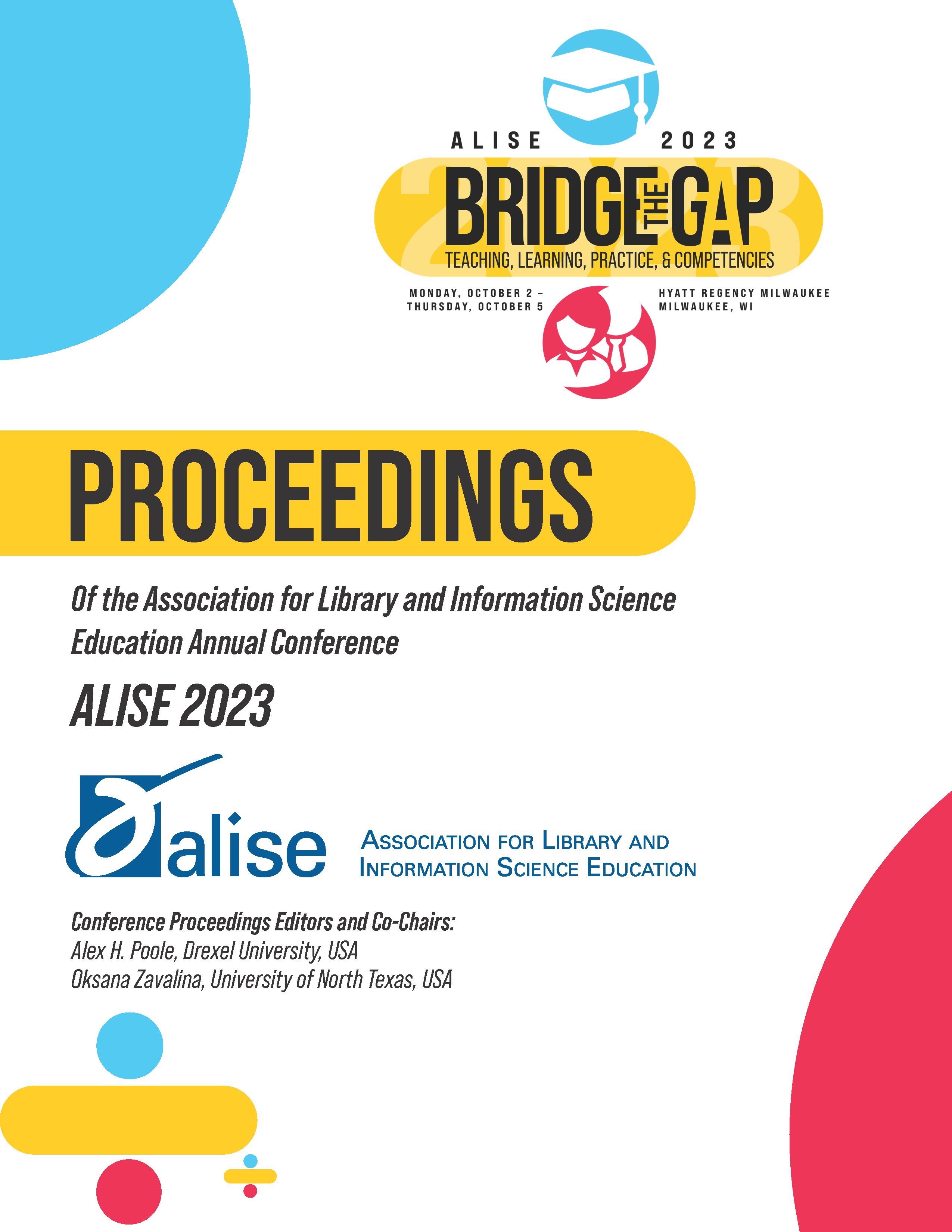Visualizing Racism within Medicine
DOI:
https://doi.org/10.21900/j.alise.2023.1394Keywords:
race, medicine, scholarly publishing, biomedical literature, racial disparitiesAbstract
The Tuskegee experiment became the public symbol and face of research medical malfeasance. Numerous scholars, literature, and science frame this study through the lens of distrust, lack of ethics and informed consent. However, Tuskegee foregrounded practices, behaviors, beliefs, and standards that already existed. History and science reveal disconnections from the historical implication of black individuals and disparate experiences within communities. Currently, medical doctors cite challenges to publishing research on race with scholarly medical journals. Biomedical research literature discusses racism within the confines of editorial and commentary features. In 2021, top editor of the Journal of American Medicine stepped down amid controversial comments about race.
Medical doctors cite challenges to publishing research on race with scholarly medical journals. Racial disparities within medicine, scientific records, scholarly publishing, and medical literature are not silos and are interconnected. This poster is research in design illustrating their intersections and explores the following research questions:
- How do existing university course content describe race and ethics?
- Can racism be conceptualized as an ethical issue within medical education?
Downloads
Published
Issue
Section
License
Copyright (c) 2023 Chris Wiley

This work is licensed under a Creative Commons Attribution-ShareAlike 4.0 International License.



